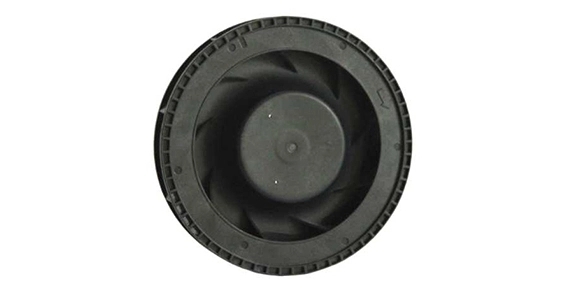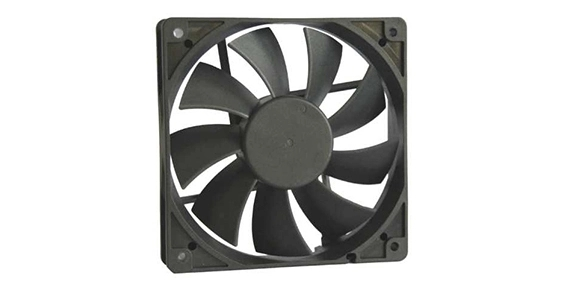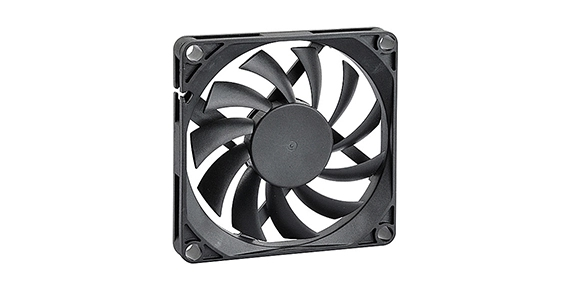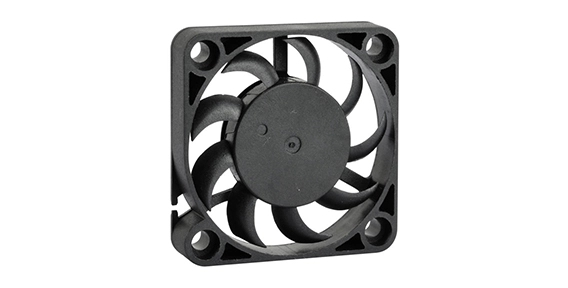Centrifugal blower fans are widely used in various industries for ventilation, air conditioning, and other applications. However, these fans can generate a significant amount of noise, which can be disruptive and even hazardous in certain environments. To address this issue, noise reduction strategies can be implemented to minimize the noise generated by centrifugal blower fans. This article will explore three key strategies: vibration isolation, duct design and silencers, and regular maintenance.
Vibration Isolation: Preventing Centrifugal Blower Fan Noise Transmission
One of the main sources of noise in centrifugal blower fans is the vibration generated during operation. These vibrations can be transmitted to the surrounding structure, resulting in noise transmission. To prevent this, vibration isolation techniques can be employed.
The first step in vibration isolation is to ensure proper installation of the fan. The fan should be mounted on a solid and stable foundation, and all connections should be tight and secure. Additionally, the fan should be properly aligned to minimize any potential imbalance.
To further reduce vibration transmission, isolation mounts can be used. These mounts are typically made of rubber or other resilient materials that absorb and dampen vibrations. By isolating the fan from the surrounding structure, the transmission of noise can be significantly reduced.
Duct Centrifugal Blower Fan Design and Silencers: Managing Airflow Noise
Another significant source of noise in the centrifugal blower fan is the airflow itself. As the air passes through the duct system, it can create turbulence and generate noise. Effective duct design and the use of silencers can help manage and reduce this noise.
Duct design plays a crucial role in minimizing noise. Smooth and streamlined ducts with gradual bends and curves can reduce airflow turbulence and minimize noise generation. Additionally, the size of the duct should be carefully selected to prevent excessive air velocity, which can result in increased noise levels.
Silencers, also known as sound attenuators, can be installed in the duct system to further reduce noise. Silencers are typically made of sound-absorbing materials and are designed to absorb and dampen sound waves. By strategically placing silencers in the duct system, the noise generated by the airflow can be effectively mitigated.

Regular Centrifugal Blower Fan Maintenance: Ensuring Optimal Performance
Regular maintenance is essential for ensuring optimal performance of the axial cooling fan and can also contribute to noise reduction. Over time, fans can become partially clogged with dust and debris, resulting in increased noise levels.
To prevent this, regular cleaning of the fan blades and housing is necessary. This can be done using compressed air or by manually removing any accumulated debris. Additionally, lubrication of the fan bearings should be performed as per the manufacturer's instructions to reduce friction and noise.
Furthermore, any loose or worn-out components should be repaired or replaced promptly. Loose belts, worn-out bearings, or damaged fan blades can contribute to increased noise levels. By addressing these issues promptly, the overall noise generated by the fan can be minimized.
In conclusion, noise reduction strategies in centrifugal blower fans are crucial for creating a quieter and more comfortable environment. By implementing vibration isolation techniques, designing efficient duct systems, and regularly maintaining the fans, the noise generated by centrifugal blower fans can be significantly reduced. These strategies not only improve the overall working conditions but also contribute to the longevity and optimal performance of the fans.


 EN
EN 

 +
+
 +
+
 +
+



